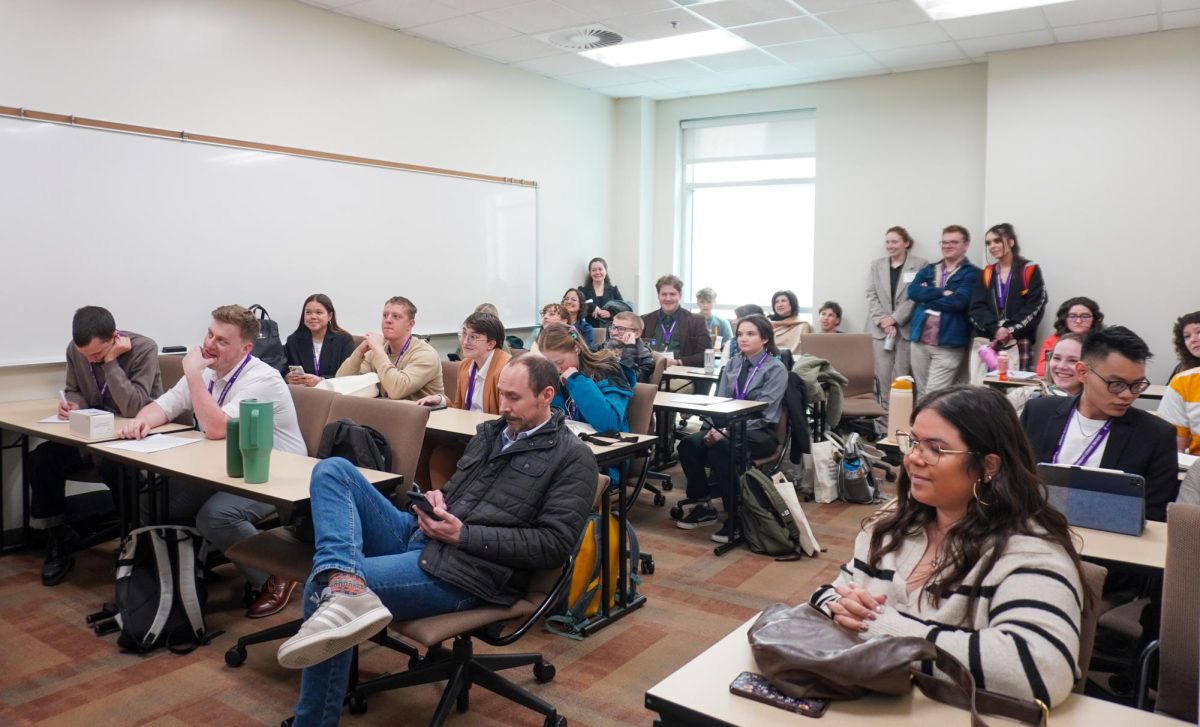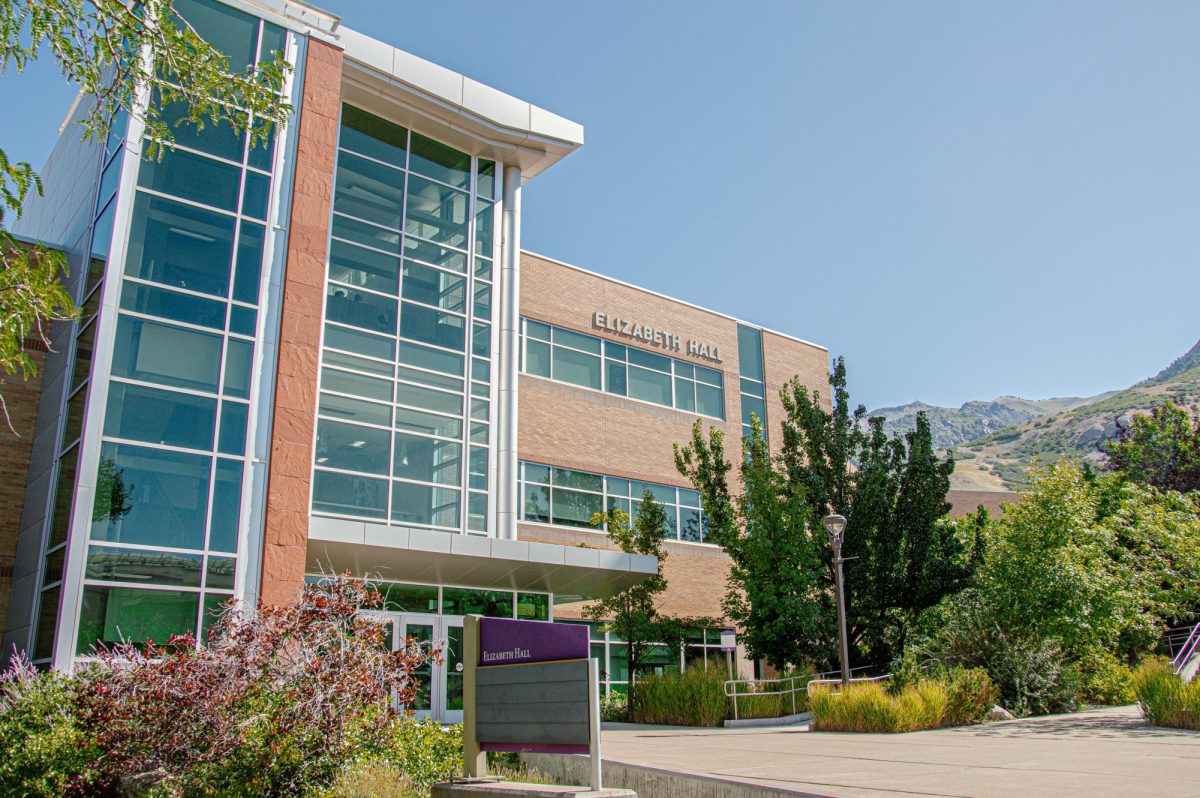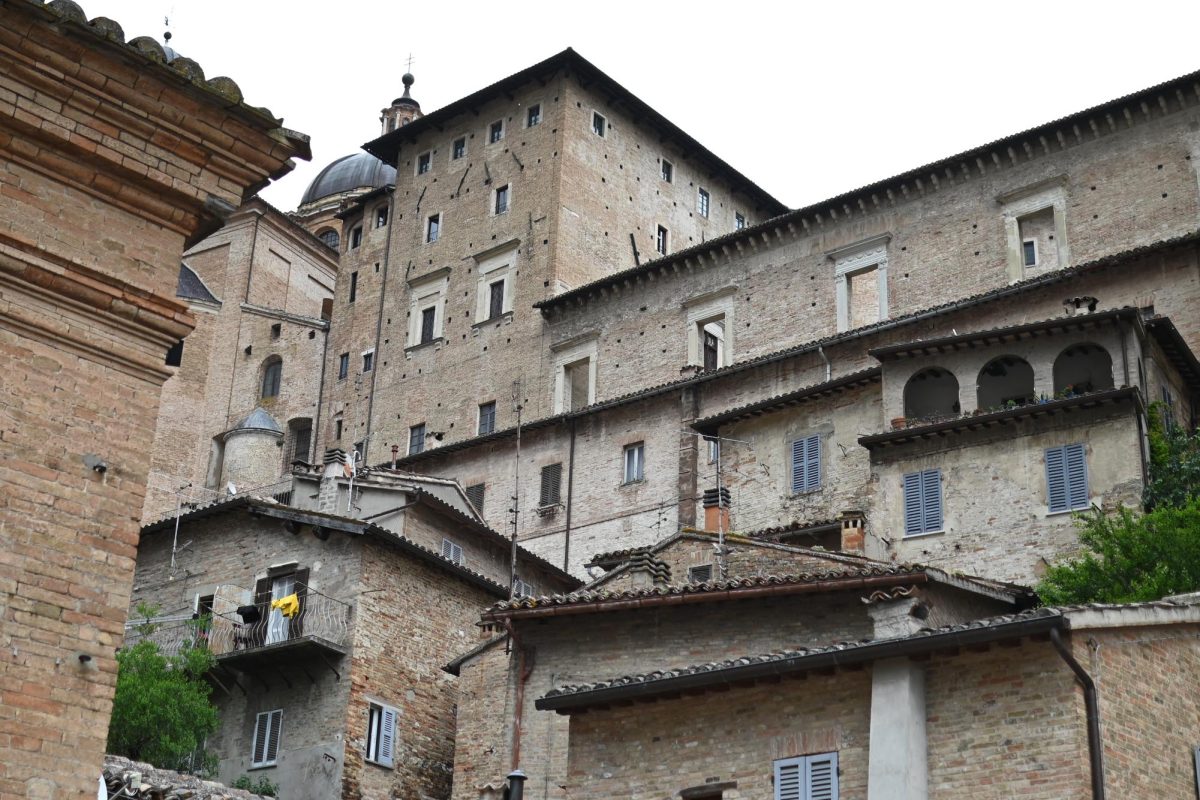Xeriscaping is becoming a popular practice in Utah since it is the second driest state in the U.S.
Because of the lack of available water, it is essential that residents of the state know how to conserve water. Weber State has many on-campus resources to help facilitate more water resources and an on-campus xeriscaping project helped to do just that.

Xeriscaping is a type of landscaping that doesn’t use water-based plants or grass to help save water. The project that took place involved removing the sod behind Tracy Hall and then replacing it with rocks and desert plants that need much less water to live and grow.
The area was approximately 1500 square feet and around 21 volunteers of students, faculty, and community members helped to make this project a success. Having landscaping that fits Utah’s desert climate helps WSU save stormwater for future use.
WSU Sustainable Clubs and WSU Landscaping teamed up to help organize a student involved xeriscaping project. With funding from Tim Eck, director of the Wildcat Bookstore, the project was completed during the week of Sept. 9.
Sadie Bradock is the President of the Environmental Ambassadors and helped to find funding, advertise and execute the project. She said the main goal of this project and the three clubs she helps to run is sustainability.
“I think it’s really important to look at the landscapes that we choose to have around us. Grass is very water-intensive,” Bradock said.
Weber State student Analeah Vaughn is passionate about change and helped to plan the project on campus. She said that students should get involved because it is a small step in the right direction that can have a big impact on the state that we live in. Anyone on campus can get involved and be part of making Utah a better place.
In Utah, we use twice the national average of water according to Water Conservationist Drew Hodge. Xeriscaping is just one of the ways that Weber has decided to help reduce its water consumption. Hodge says that all of Weber State campus has its own water supply and is separate from the city of Ogden.
“With climate change happening all around us, the future of water is dynamic and changing,” Hodge said. “And projects like this, whether here on campus or at home, are really important.”



















